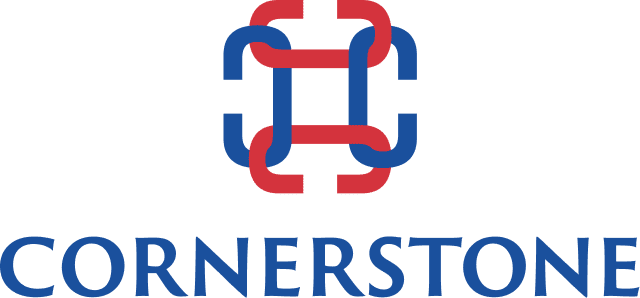Linkedin: Same Old, Same Old?
In North America especially, LinkedIn is generally viewed as THE place for a professional to post his or her resume. No job directory has come close to its meteoric growth from 500 thousand to 500 million users. And recent stats for 2015-2017 show the growth rate of users undisturbed.
But a recent study by the job search website Simply Hired raise questions about the effectiveness of its core mission (linking candidates to recruiters) in its core territory (USA).
The survey results reflect the input of 860 managers responsible for hiring in the U.S. Just 29% of them look at an applicant’s LinkedIn profile, not in itself an impressive number. A significantly larger percentage, 38%, search for the social media accounts of applicants. Simply Hired project manager Carly Johnson has figured out why.
“LinkedIn is a great platform,” she tells blogger Stephanie Vozza. “but if you have someone’s resume, you’re probably not going to find much else about them; it’s pretty replicated.
“Instagram and Facebook show a living, breathing person. It’s great to have a second level of information.”
Tread carefully
The role of social media in recruiting is an ongoing caution to applicants. Over one third of recruiters can be influenced by a candidate’s social media profile. It also means that the job seeker needs to be hypersensitive to the trails he or she leaves, and that includes the behaviour of others associated in any way.
Rudeness and poor judgement should not be hard to identify and expunge, but it is trickier than that. A candidate’s values and beliefs are going to be exposed over time which permits a recruiter to assess whether the person is likely to fit the corporate culture of the hiring company.
The Simply Hired survey is topical (2017) and although conducted in the US, covers a wide range of attitudes and cause-effect situations. For example, it is interesting in this age of multigenerational workforces to see differences in attitude and expectations among recruiters broken out by sex, age and industry.
With US unemployment now at a 17-year low of 4.1%, and the job market correspondingly competitive talent alone might not be enough. If you as a candidate have an idea what is motivating the hiring and staffing team, perhaps you can build meaningful connections during the interview process that set you apart from the competition.
At the very least, you need to know where the mines are buried. For example, do not mention your salary requirements in a resume to the agriculture and forestry industry. Seems that’s the n #1 turnoff.
You can review highlights of the survey findings here.






